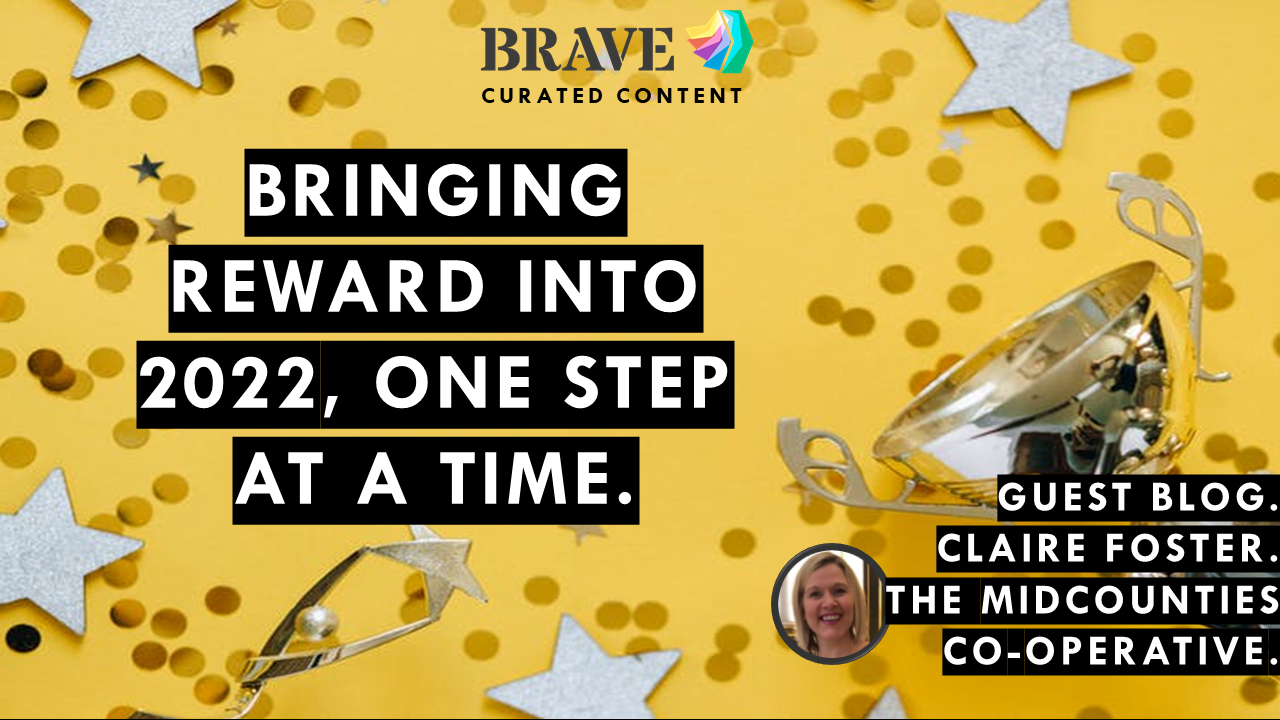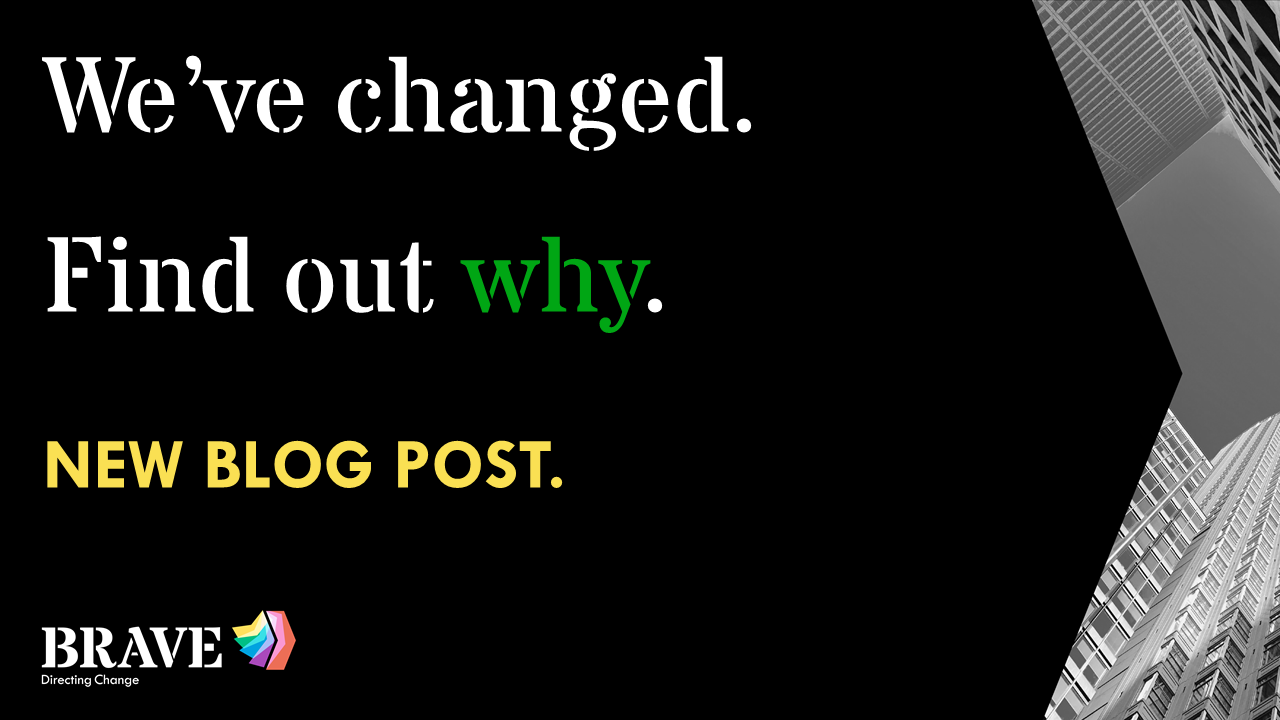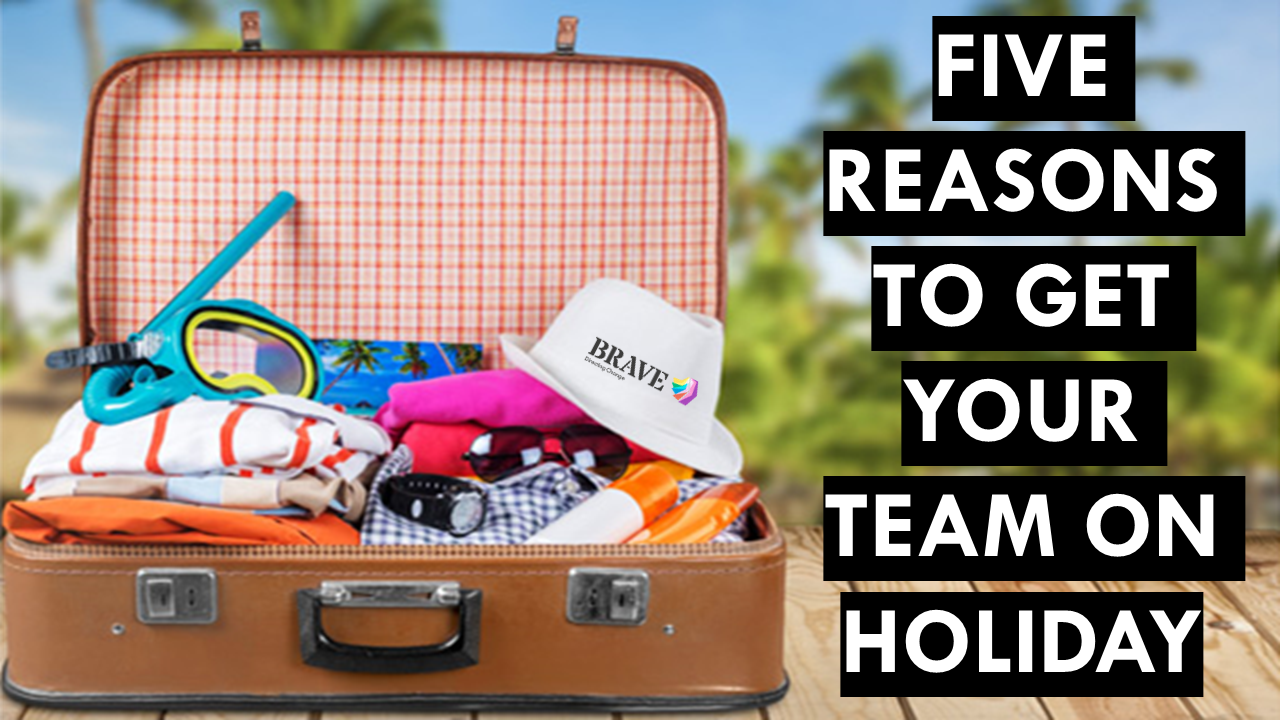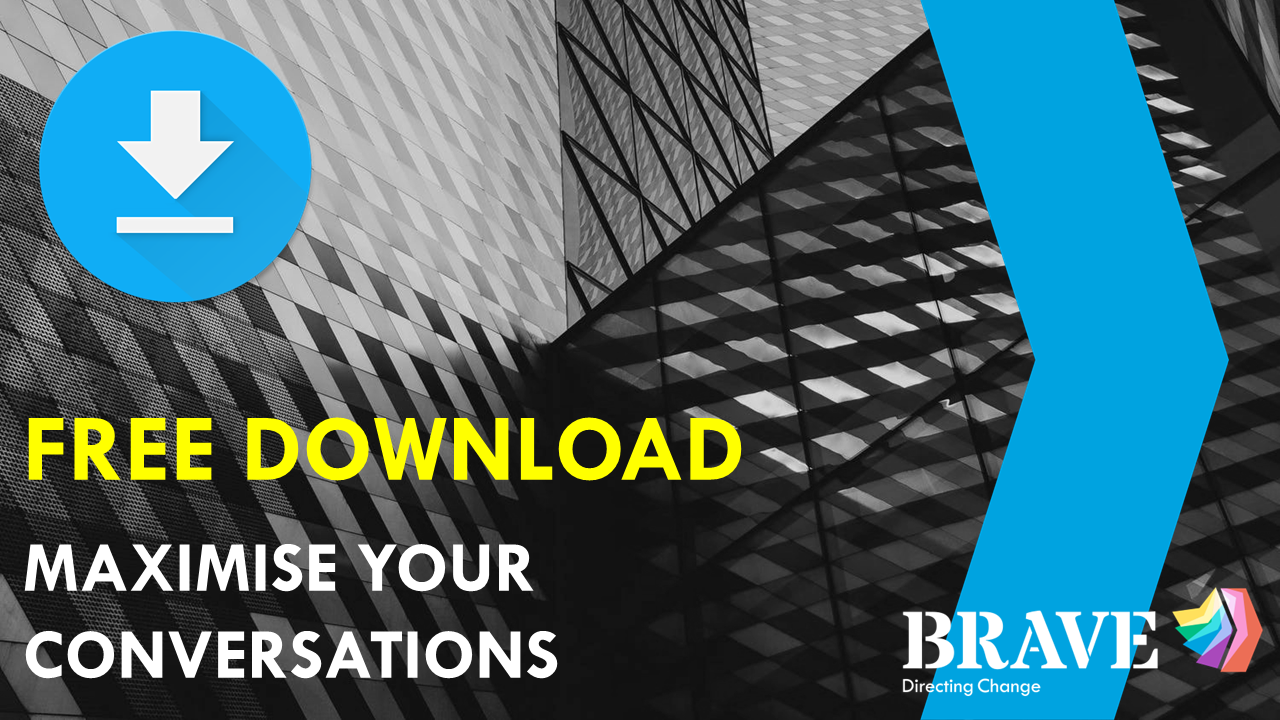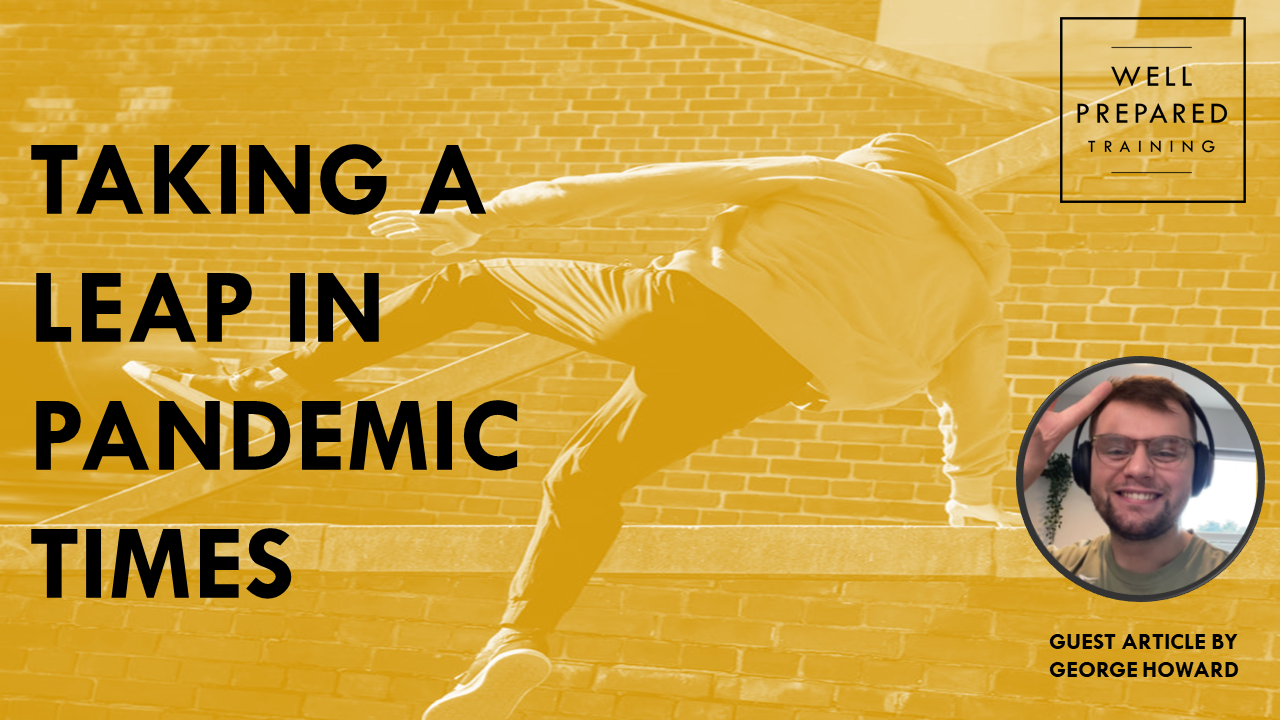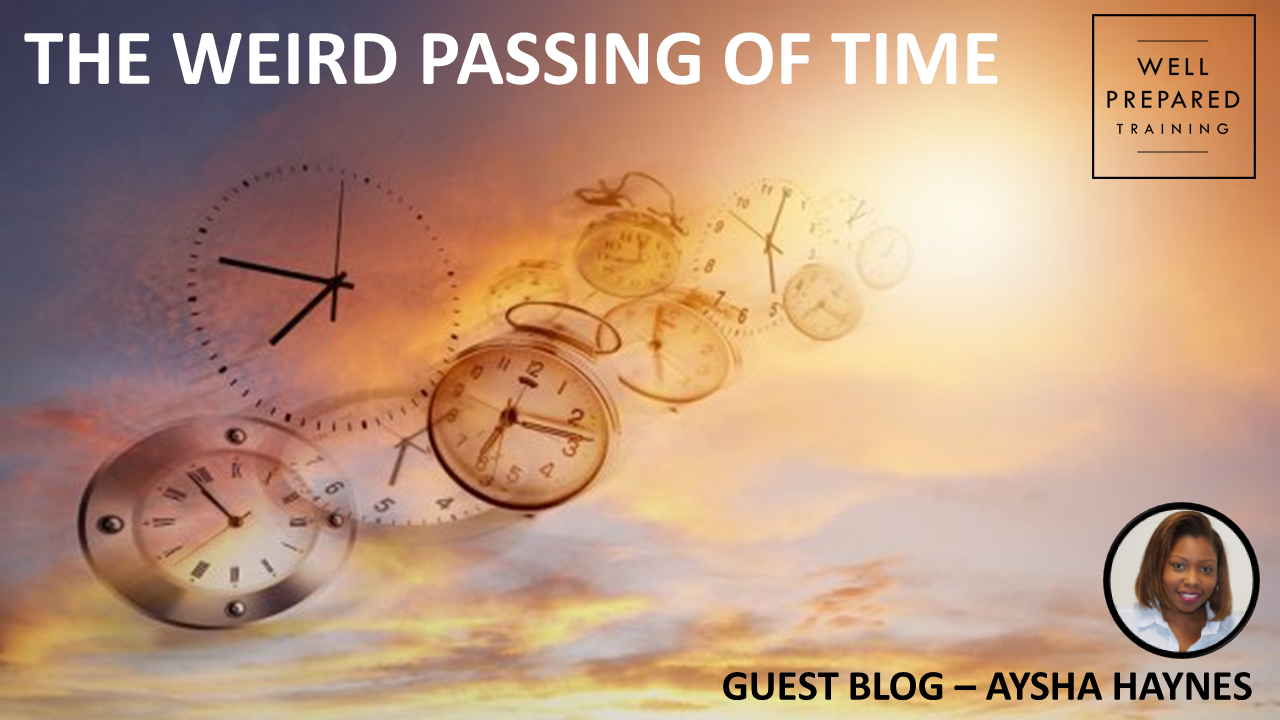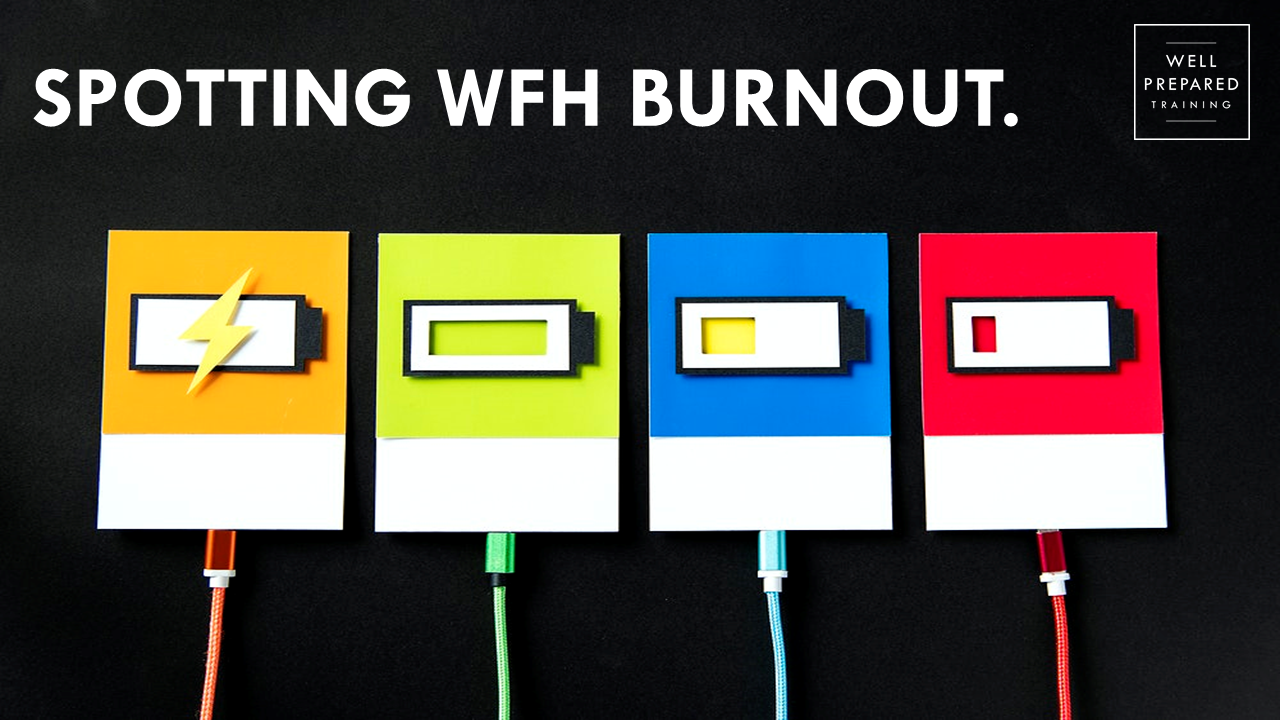A Reward department often covers more than you think, and it’s the department everyone benefits from, even if sometimes they don’t realise it.
What I’ve seen is that the reward options can usually be pretty standard and similar across many organisations. You know the usuals! Competitive pay – check! Pension – check! Holidays – check! Healthcare check! You get the point.
While this is fantastic, and all of these are great benefits for your team, the approach to reward can often be slowed down by process, implementation, and a little red tape.
So, how do you modernise and simplify the approach?
In an ‘ideal world,’ where unlimited budgets, innovative technology and workforce devices are the norm you can do a lot. Some start-ups and cash rich businesses are now issuing credits for reward, so you flexibly create your package, choosing what matters for you. Bike for Work Scheme…but not interested? Then don’t choose that option! Sadly, we don’t live in the ‘ideal world’ and this approach is still new, but some evidence is showing very few schemes can truly be that flexible as it’s difficult to make every benefit optional, so core benefits have to be included. That said, we’re keeping our eyes peeled on how that works out and storing ideas for the future.
For now, we need to work with what we have, and some smart baby steps is enough to get our ball rolling.
Some steps to get your reward ball rolling.
- You must ensure you have a real, in depth understanding of the business from all perspectives.
- Rewards and benefits look vastly different from an office to a sales floor and it’s essential to talk to your people, in whichever way works best, to get to the real insight.
- Taking the time to understand what is important to colleagues and the profile of your workforce is also really important.
- Make sure you have considered diversity, age profiles and generations when considering reward solutions.
Considering Multi-Generational Workforces
As we enter 2022, we will see more of the five generations in the workplace than ever before.
If you’re unsure where you fit, I’ve included the years of birth.
- Traditionalists – born 1927–to-1946
- Baby Boomers – born 1947-to-1964
- Generation X – born 1965-to-1980
- Generation Y (Millennials) – born 1981-to-2000
- Generation Z – born 2001-to-2020
The amount of technological advancement that has occurred between the birth of the very first traditionalists and Gen Z is so vast it’s created two completely different life experiences. When a Baby Boomer got their first job, arriving to see a computer at each desk wasn’t the norm, whereas a Millennial and Gen Z have never known a world without a computer, a phone, mobile and probably a laptop.
In our business, 59% of our workforce is currently either Generation “Y” and “Z”, 23% Generation X and 18% Boomers.
Imagine the implications on reward when you are trying to engage five different generations at once?
Another crucial factor to consider is your colleague profile mix.
Here’s what I mean in real terms. If we did bite the bullet and jumped straight to a credit scheme where you pick your own benefits the colleague mix can cause issues.
If your business has a substantial number of colleagues who are part time this means that they might not have enough credits to choose anything over and above the basic, expected reward benefits and this could mean that they miss out on some of the benefits that they would ordinarily have been available to all. It’s something that we have to consider with a workforce of our size. It must be fair.
Based on my experience I totally agree that one size certainly does not fit all anymore but using the data available to support key decisions will certainly help!
What did we do at The Midcounties Co-operative to modernise and simplify?
Our first steps were to look to modernise how we issue colleague thank you vouchers. A fantastic way to reward our teams, loved by everyone, but they had a historic flaw.
Previously the vouchers were printed on paper, posted out to stores and often had to be replaced when colleagues misplaced them, damaged them or they fell subject to many other mysterious fates!
After plenty of research, looking at data, and of course, talking to the very people who were due to be in receipt of them we hatched a digital revolution plan. We launched a new digital solution via our app where colleagues would instantly see their reward vouchers on a mobile or desktop device. This is one step for Claire Foster and the Reward Team, and a giant leap for the Midcounties Co-opeartive teams!
We of course considered our colleague mix and spotted that some people might struggle because they don’t have a smart phone or laptop at home.
We made sure we supported those colleagues by allowing access via the store computer and if nothing else worked, we could still arrange for a paper voucher to be sent to them and are working with our Utilities team to think about how we can provide affordable smart phones and tech support for our colleagues who do not currently have a device.
Interestingly, several months after a successful and well received launch, only 1.9% of eligible colleagues have requested paper vouchers. Result!
Is this solution I’m sharing with you perfect? Of course not!
But what is important is that we have already held a lesson learned session for improvements/changes we want to make. We’re talking to our people. We’re reviewing what we have done and how we could improve it. And that’s real progress towards modernising and simplifying the reward offer we have right now.
So, in summary.
Work with what you have got.
Look at the data.
Talk to all the people.
Take an educated risk.
Make a reward baby step.
Keep an eye on the rest of the world as they change reward and learn from their lessons.
Claire Foster | Head of HR and Reward | The Midcounties Co-operative
